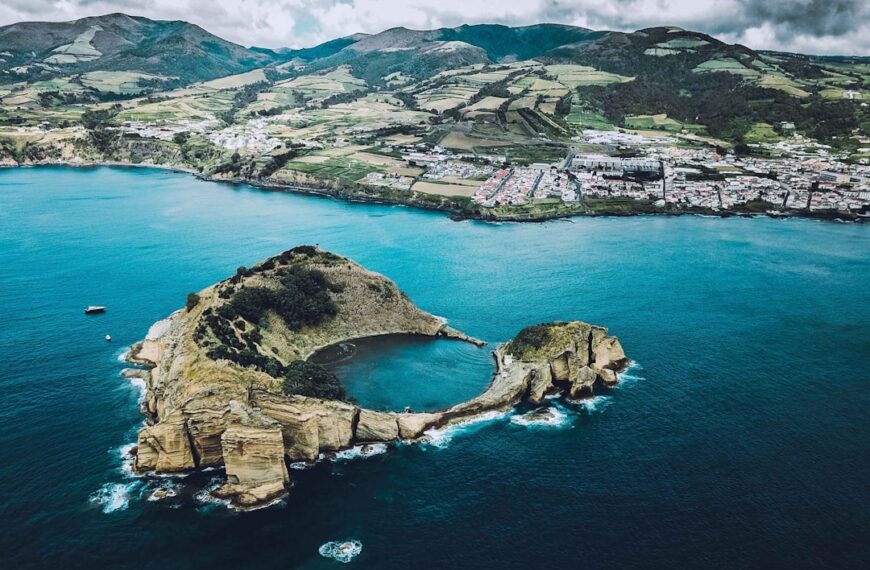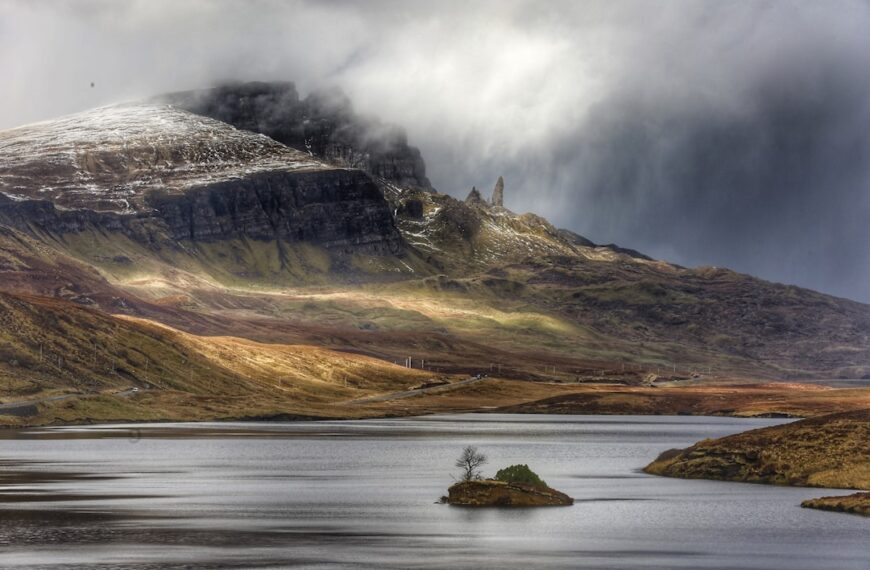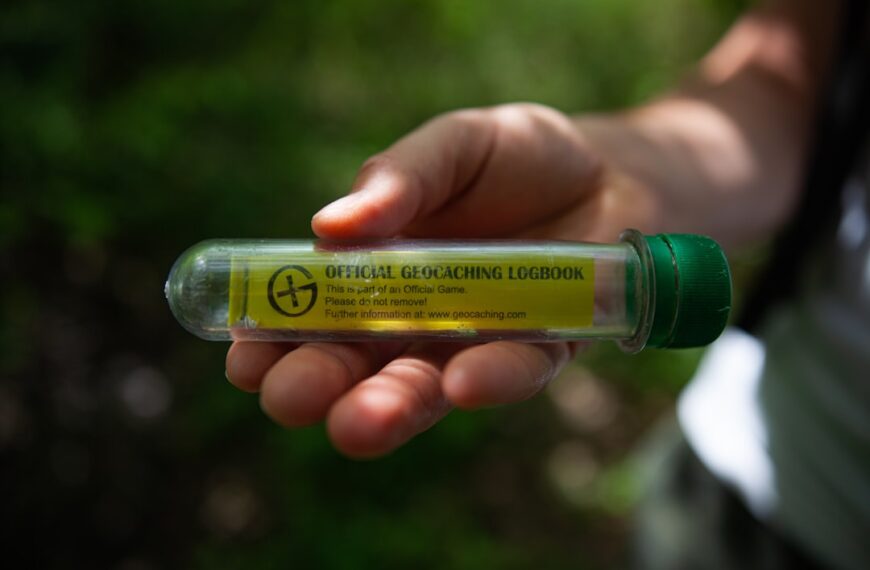The night sky, a canvas of a million stars, has captivated humanity for millennia. Yet, with increasing light pollution, truly dark skies are becoming a rare commodity. This is where astro-tourism steps in, offering a unique opportunity to reconnect with the cosmos. At Here Is Travel, we believe every journey should be unforgettable, and what could be more awe-inspiring than witnessing the Milky Way arching overhead?
Embracing the Cosmos: The Rise of Astro-Tourism
Astro-tourism is more than just stargazing; it’s an immersive experience designed to take you far from city lights and into the heart of celestial wonders. It’s about seeking out the world’s most pristine dark sky preserves – places specifically protected for their exceptional nocturnal environment. For travel enthusiasts and digital nomads alike, these astro-tourism destinations offer a profound connection to the universe, often combined with cultural immersion and breathtaking natural landscapes. It’s a rapidly growing segment of travel that promises not just sights, but profound experiences.
Why Seek Out Dark Skies? Connecting with the Universe
Beyond the sheer beauty, experiencing a truly dark sky offers numerous benefits. It allows us to see celestial objects – planets, galaxies, nebulae – invisible from urban areas. It’s a chance to learn about astronomy, photography, and even ancient cultures’ relationship with the stars. The silence and vastness of a dark sky preserve foster a sense of wonder and humility, reminding us of our place in the grand scheme of things. It’s the ultimate destination inspiration for anyone looking for a unique adventure.
The Importance of Protecting Our Night Environment
Light pollution isn’t just an aesthetic issue; it disrupts wildlife, affects human health, and wastes energy. Dark Sky Preserves are vital initiatives to combat this, protecting the natural night environment for ecological, cultural, and scientific reasons. When you visit these areas, you’re not just a tourist; you’re supporting global efforts to conserve one of our planet’s most precious and diminishing resources – true darkness. This commitment aligns with our mission at Here Is Travel to promote responsible and enriching travel.
Iconic Dark Sky Preserves Around the Globe
Ready to embark on a journey to the stars? Here are some of the world’s most renowned astro-tourism destinations, perfect for your next trip planning adventure.
Chile’s Celestial Window: The Atacama Desert
The Atacama Desert, one of the driest places on Earth, offers unparalleled stargazing conditions with its high altitude, minimal light pollution, and almost year-round clear skies. It’s home to some of the world’s leading astronomical observatories, including ALMA. Visitors can enjoy guided observatory tours, celestial photography workshops, and simply marvel at the Southern Cross and countless galaxies. For more amazing places to explore, delve into our extensive destination guides.
- Highlights: ALMA Observatory tours, vast desert landscapes, crystal-clear skies, Southern Hemisphere constellations.
New Zealand’s Southern Hemisphere Spectacle: Aoraki Mackenzie
New Zealand’s Aoraki Mackenzie International Dark Sky Reserve is a prime location for witnessing the Southern Lights (Aurora Australis) and an incredibly vivid Milky Way. Covering over 4,300 square kilometers, this reserve includes Aoraki/Mount Cook National Park and and the Mackenzie Basin. The clear, unpolluted air provides a breathtaking canvas for celestial observation, with various stargazing tours and observatories available.
- Highlights: Aurora Australis viewing opportunities, Mt. John Observatory, stunning alpine scenery, indigenous Maori sky stories.
Scotland’s Stargazer’s Paradise: Galloway Forest Park
Galloway Forest Park, the UK’s first Dark Sky Park, offers a surprising haven for stargazers in Europe. Its remote location and commitment to reducing light pollution make it an excellent spot for viewing nebulae, meteors, and the Andromeda Galaxy with the naked eye. The park features dedicated viewing points and events, making it accessible for families and serious astronomers alike.
- Highlights: Easily accessible within Europe, dedicated dark sky viewing areas, diverse wildlife, rich forest environment.
Namibia’s Desert Nights: NamibRand Nature Reserve
The NamibRand Nature Reserve holds the prestigious Gold Tier International Dark Sky Reserve status, signifying exceptionally dark skies and strict light pollution controls. Located in the ancient Namib Desert, this vast private reserve offers incredible isolation, resulting in a virtually untouched night sky. Combined with its unique desert ecosystems and wildlife, it provides an otherworldly experience.
- Highlights: Gold Tier Dark Sky status, unique desert landscapes, wildlife viewing (day & night), absolute solitude.
Planning Your Unforgettable Stargazing Adventure
Embarking on an astro-tourism adventure requires a bit of preparation. Here Is Travel is here to provide you with expert tips to make your trip as smooth and spectacular as possible.
Essential Gear for Your Dark Sky Trip (Beyond a Telescope!)
While a telescope enhances the experience, it’s not strictly necessary. Here’s what you should pack:
- Red-light flashlight: Preserves your night vision. White lights are a big no-no.
- Warm clothing: Desert and mountain nights get surprisingly cold, even after a hot day. Layering is key!
- Comfortable chair or blanket: Stargazing can involve long periods of looking up.
- Star chart or astronomy app: To identify constellations and celestial objects.
- Binoculars: A fantastic way to enhance views of the moon, star clusters, and nebulae without the complexity of a telescope.
- Thermos with hot beverages: A warm drink on a cold night under the stars is pure bliss.
For more comprehensive travel guides and packing tips, explore our travel blog.
Beginner’s Guide to Astrophotography
Capturing the magic of the night sky is rewarding. You don’t need professional gear to start! A DSLR or mirrorless camera with a wide-angle, fast lens (f/2.8 or lower) and a sturdy tripod are excellent for beginners. Learn about long exposures, high ISO settings, and manual focus to start your astrophotography journey. Many dark sky preserves offer workshops to guide you through the process.
- Camera: DSLR or mirrorless with manual controls.
- Lens: Wide-angle (14-24mm) with a large aperture (f/2.8 or wider).
- Tripod: Sturdy to prevent camera shake during long exposures.
- Remote shutter release: Minimizes camera movement.
- Practice: Experiment with settings (ISO, aperture, shutter speed) before you go.
Respecting the Environment: Leave No Trace Under the Stars
When visiting these pristine environments, it’s crucial to practice Leave No Trace principles. This means packing out everything you pack in, staying on marked trails, minimizing light pollution (use red lights only and point them downwards), and respecting local flora and fauna. These dark sky preserves are delicate ecosystems, and our responsible actions ensure they remain beautiful for future generations of stargazers.
Embarking on an astro-tourism adventure offers unparalleled destination inspiration and unforgettable memories. From the desert skies of Chile to the Scottish Highlands, the universe awaits. For more travel guides and expert tips to plan your next journey, subscribe to Here Is Travel for exclusive updates and explore our comprehensive travel blog. Learn more about Here Is Travel and how we help you discover the world’s hidden gems and popular hotspots. Have questions or need personalized trip planning advice? Get in touch with us!
FAQ
What is astro-tourism?
Astro-tourism is a form of tourism focused on stargazing and astronomical events in areas with minimal light pollution, often within designated Dark Sky Preserves. It combines travel with an appreciation for the night sky, offering opportunities for education, photography, and unique celestial experiences.
Why are dark sky preserves important?
Dark sky preserves are crucial for protecting the natural night environment from light pollution. They safeguard ecosystems dependent on natural darkness, provide ideal locations for scientific research and education, and allow people to experience the full beauty of the night sky, which is increasingly rare.
Do I need a telescope for astro-tourism?
No, a telescope is not strictly necessary. While it enhances the viewing of distant objects, much of the night sky’s beauty, including the Milky Way, meteor showers, and many constellations, can be enjoyed with the naked eye or a good pair of binoculars. Many locations also offer guided tours with professional equipment.
What should I pack for a stargazing trip?
Key items include warm layers of clothing (nights can be cold even after a warm day), a red-light flashlight (to preserve night vision), comfortable seating, a star chart or astronomy app, and binoculars. Don’t forget snacks and plenty of water!
How can I minimize my impact on a dark sky preserve?
Practice Leave No Trace principles: pack out all trash, stay on designated paths, use only red-light flashlights and point them downwards, and avoid any actions that could create light pollution or disturb wildlife. Respecting these guidelines ensures these precious environments remain unspoiled.











